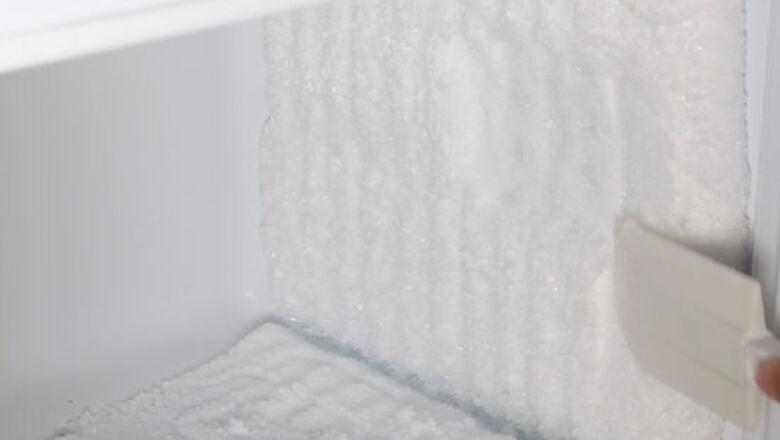
views
Scraping Built-Up Frost
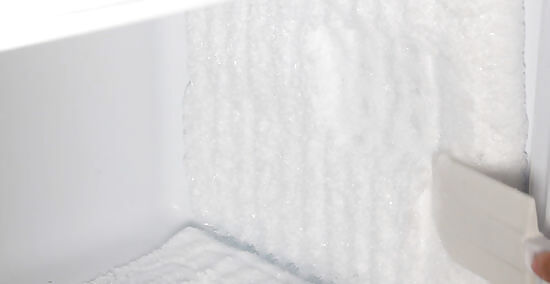
Scrape the ice with a plastic spatula or wooden spoon. This is one of the quickest ways to remove frost build-up. A plastic spatula or wooden spoon is safest to use because it is less likely you will hurt yourself while scraping or puncture the gas line. Gently dig underneath the ice to begin removing it. Hold a bucket or trash can underneath the freezer door to collect the scrapings. Continue until most or all of the build-up has been removed. This method works best when combined with another method, like defrosting by unplugging the freezer.

Remove frost with rubbing alcohol and a heated cloth. Hold a clean rag with tongs and dip it into boiling water. Then, pour rubbing alcohol onto the cloth over the sink. Use the tongs to place the rag on top of the frost. It will quickly begin to melt. Use a dry cloth to soak up the melted ice. This method typically works better when thin layers of ice need to be removed rather than large chunks.

Use a heated metal spatula with caution. This is one of the fastest ways to remove ice, but it is the method that requires the most caution. Begin by putting on an oven mitt and holding a metal spatula over a flame or other heat source. Then, place the heated spatula on the ice until it begins to melt. Wipe up the water with a dry cloth.
Defrosting the Freezer
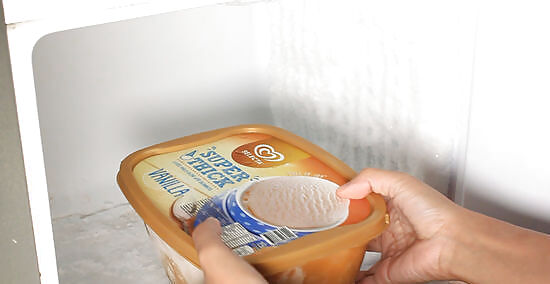
Remove everything from your freezer and store it in the fridge. Begin the defrosting process by removing every item from your freezer. Put the items in another freezer, the fridge, or a cooler.
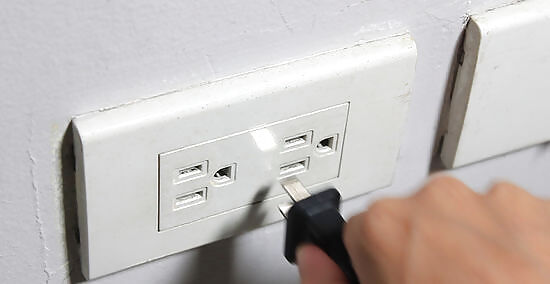
Unplug the freezer. In order for the frost build-up to defrost, you will need to unplug the freezer unit. If it is necessary to shut off the power to the refrigerator as well, you can leave the items inside it. Even with the fridge unplugged, it should stay cold for a few hours.
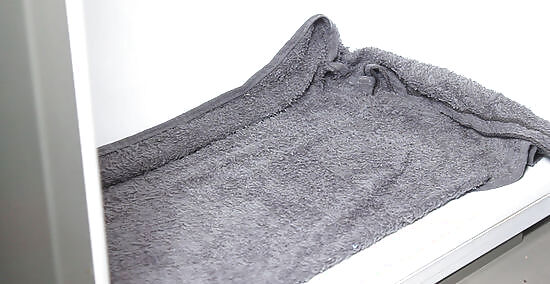
Remove any shelves and put towels at the bottom of the freezer. After unplugging the freezer, remove all of the trays or shelves from the freezer. Then, place towels in the bottom of the freezer to catch the melted ice.
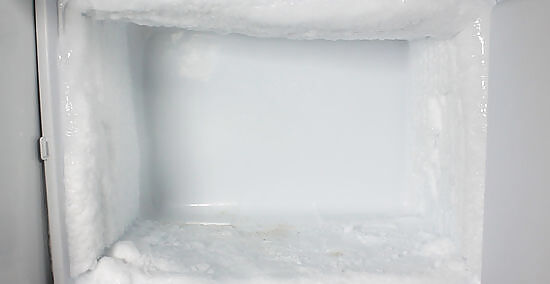
Let the freezer stand open for 2-4 hours. Keep the door propped open so the warm air in your home will melt the ice more quickly. You can place something, like a wedge, in the door to keep it open, if necessary. To speed up the process, you can put hot water in a spray bottle and spray it onto the ice. Then, mop it up with a towel. Alternatively, you can use a hair dryer to blow hot air into the freezer to melt the ice.
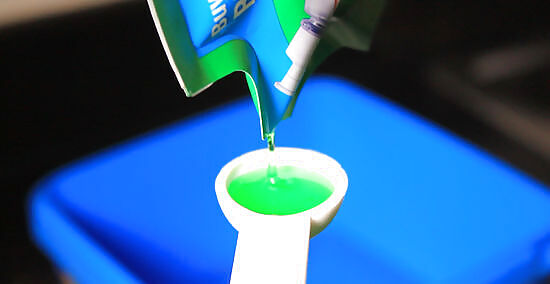
Clean the freezer with warm water and dish soap. Once all of the ice has melted, clean out the freezer. Mix 1 tablespoon (15 ml) of dish soap with 4 cups (0.95 l) of water. Dip a clean rag into the solution and use it wipe out the freezer. Then, use a rag to dry up any remaining water. As an alternative to soap and water, you can use a baking soda and water solution or an equal parts vinegar and water solution to clean your freezer. In addition to getting your freezer clean, both baking soda and vinegar help remove odors.
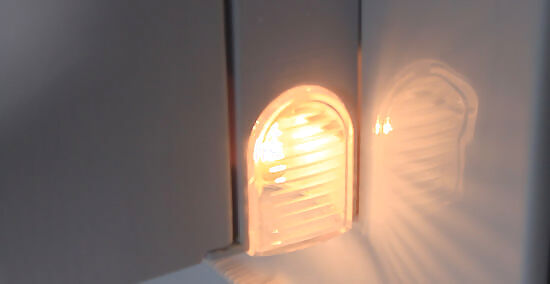
Plug in the freezer, then restock it once it gets cold. Plug in the freezer after wiping it down. Let it cool back down to 0 °F (−18 °C), which may take between 30 minutes and 2 hours. Then, restock the refrigerator with your food and other items. Check the temperature on the thermostat, or put a thermometer in the freezer for 3 minutes before reading it.
Preventing Built-Up Frost

Keep the thermostat just below 0 °F (−18 °C). If the thermostat isn’t at the correct temperature, unwanted frost will build up. Check the thermostat once a week to make sure it is at the right temperature. If your freezer doesn’t have a thermometer, put a thermometer inside of it.
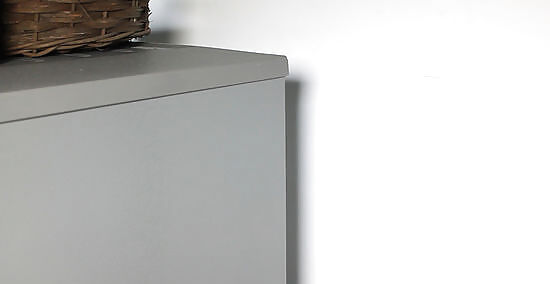
Avoid blocking the freezer’s airflow. Don’t put your freezer directly up against the wall. Leave about 1 foot (30 cm) of space so that the coils have room to cool your freezer well.
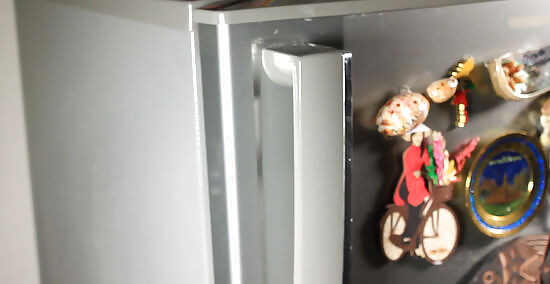
Close the freezer door when it’s not in use. Avoid leaving the freezer door open when you’re cooking or moving around in the kitchen. This will allow excess heat into the freezer. Also, make sure the freezer door seals tightly.

Don’t put hot items in the freezer. Wait until the hot item has cooled to room temperature before putting it into the freezer. The excess moisture from the heat will create frost and frost-bitten foods.

Keep the freezer away from a heat source. Don’t place the freezer near a heat source such as the oven, water heater, or furnace. This will cause the freezer to overwork itself, which can create frost.










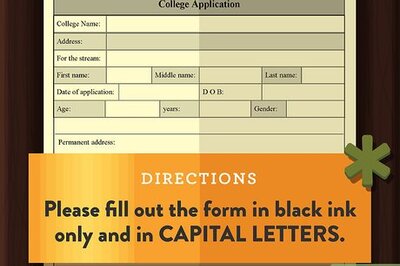
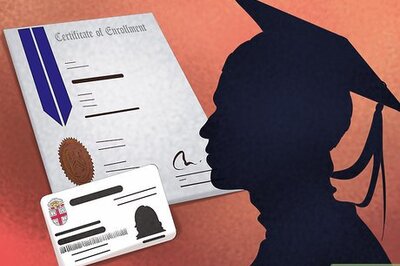


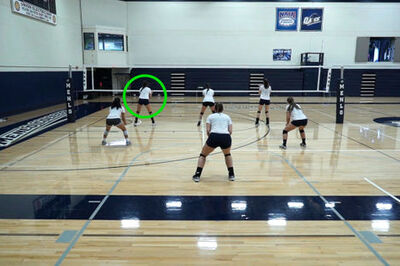



Comments
0 comment